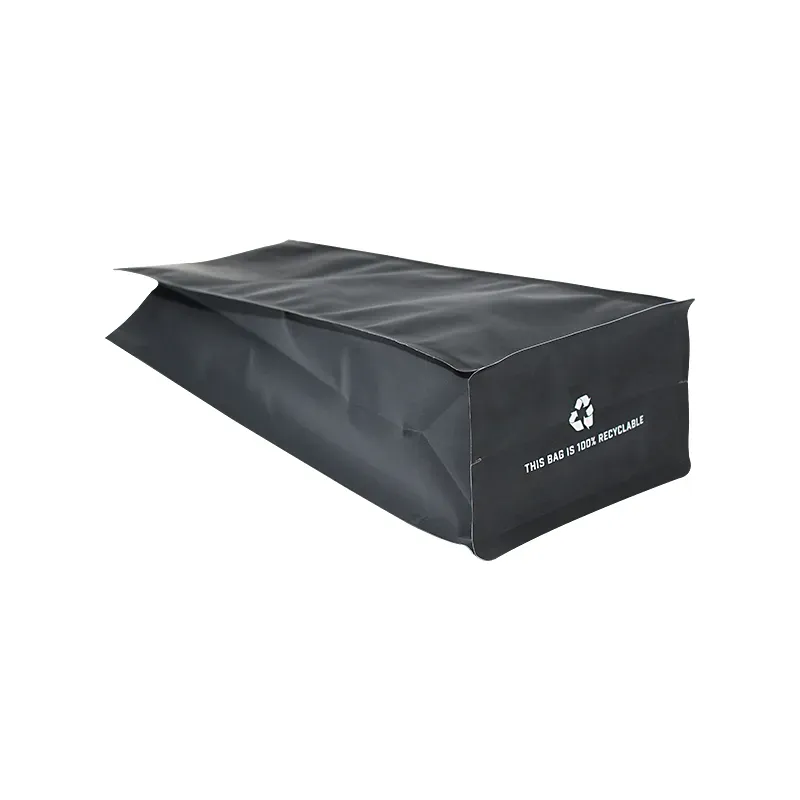normal printer paper weight
Understanding Normal Printer Paper Weight
When it comes to printing documents, presentations, or any other materials, one often overlooks the importance of paper weight. The weight of printer paper plays a crucial role in determining the quality and suitability of prints for various purposes. In this article, we'll explore what normal printer paper weight means, how it is measured, and its implications for different printing tasks.
What Is Paper Weight?
Paper weight is a measurement that indicates the heaviness or density of a sheet of paper. It is typically expressed in pounds (lbs) or grams per square meter (gsm). The weight can influence not only the feel and sturdiness of the paper but also its compatibility with printers and the final appearance of the printed material.
Common Weights of Printer Paper
For everyday printing tasks, the most common weight of printer paper is 20 pounds (20 lb) or 75 gsm. This weight is generally considered normal printer paper, making it an ideal choice for standard documents like reports, essays, and memos. This type of paper is thin enough to be fed through printers easily while being thick enough to ensure that ink application does not bleed through to the other side.
For projects requiring a more professional appearance or durability—such as presentations, brochures, or marketing materials—heavier paper weights like 28 lb (105 gsm) or even 32 lb (120 gsm) may be more suitable. These weights provide a more substantial feel and can often enhance the vibrancy of colors and sharpness of text when printed.
How Paper Weight Affects Printing
normal printer paper weight

The paper weight used can significantly affect the printing process. For instance, lighter paper (e.g., 20 lb) is easier to handle and can be used in high-speed printers without the risk of jams. However, when using lighter paper for high-resolution prints or intricate graphics, the results may not meet expectations due to ink bleed or poor color saturation.
Conversely, heavier paper can absorb more ink and provide sharper images, but printers need to be adjusted to accommodate the thicker sheets. If using a heavier stock without the proper printer settings, there could be issues such as misfeeding or even printer damage.
Choosing the Right Paper Weight
Selecting the appropriate paper weight involves considering the purpose of your printing project. If you are printing a document for internal use or simple correspondence, 20 lb paper is often sufficient. However, for any materials intended for clients or public distribution, opting for a heavier paper can make a significant difference in how your message is perceived.
It's also worth noting that different printers have specifications regarding the types of paper they can handle. Always consult your printer's manual to ensure compatibility with specific paper weights.
Conclusion
In the world of printing, understanding paper weight is vital. Normal printer paper, typically weighing 20 lb or 75 gsm, serves well for everyday tasks. However, for projects where presentation matters, considering a heavier weight can enhance the final product’s quality. Being mindful of your printing needs and selecting the right paper weight will ultimately lead to better results and a more professional finish. Whether printing a simple document or preparing a high-stakes presentation, the right choice in paper weight can make all the difference.













